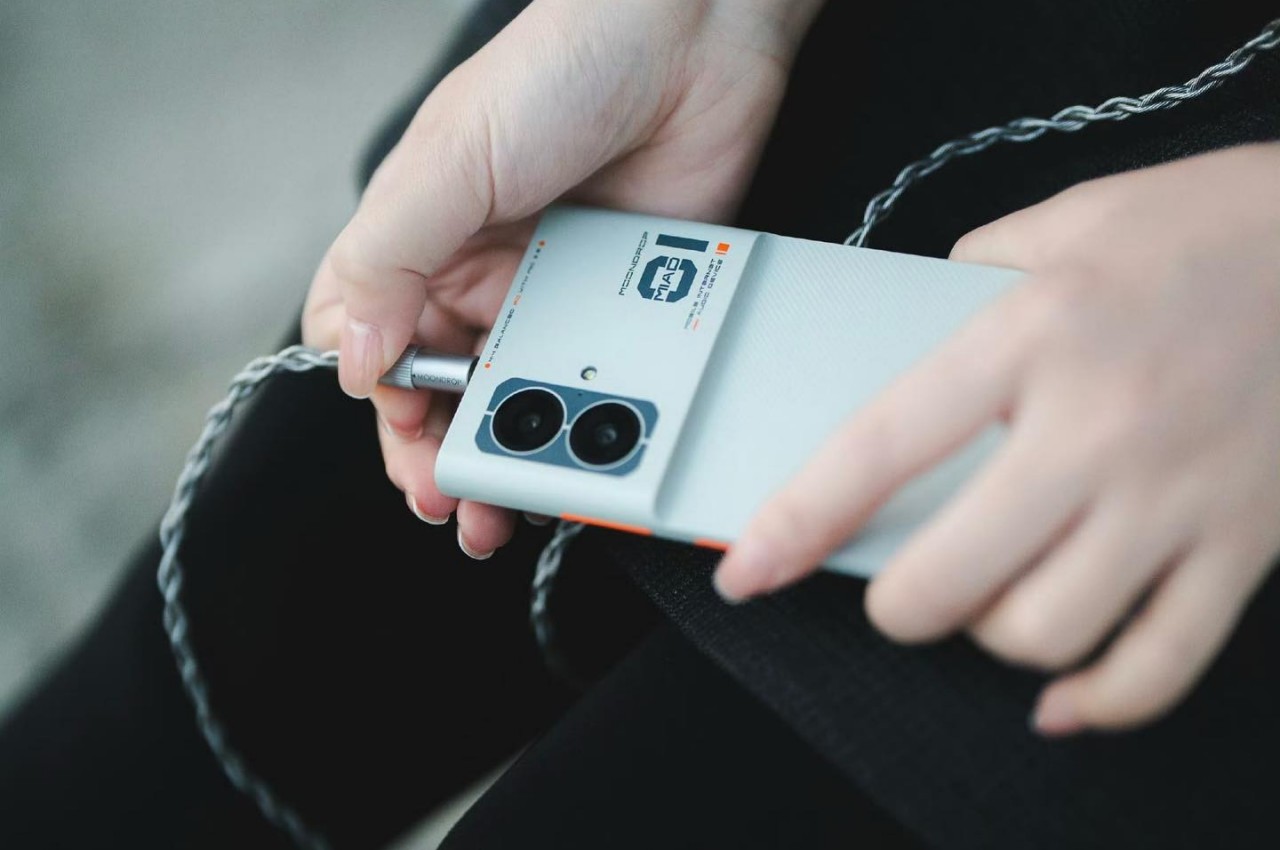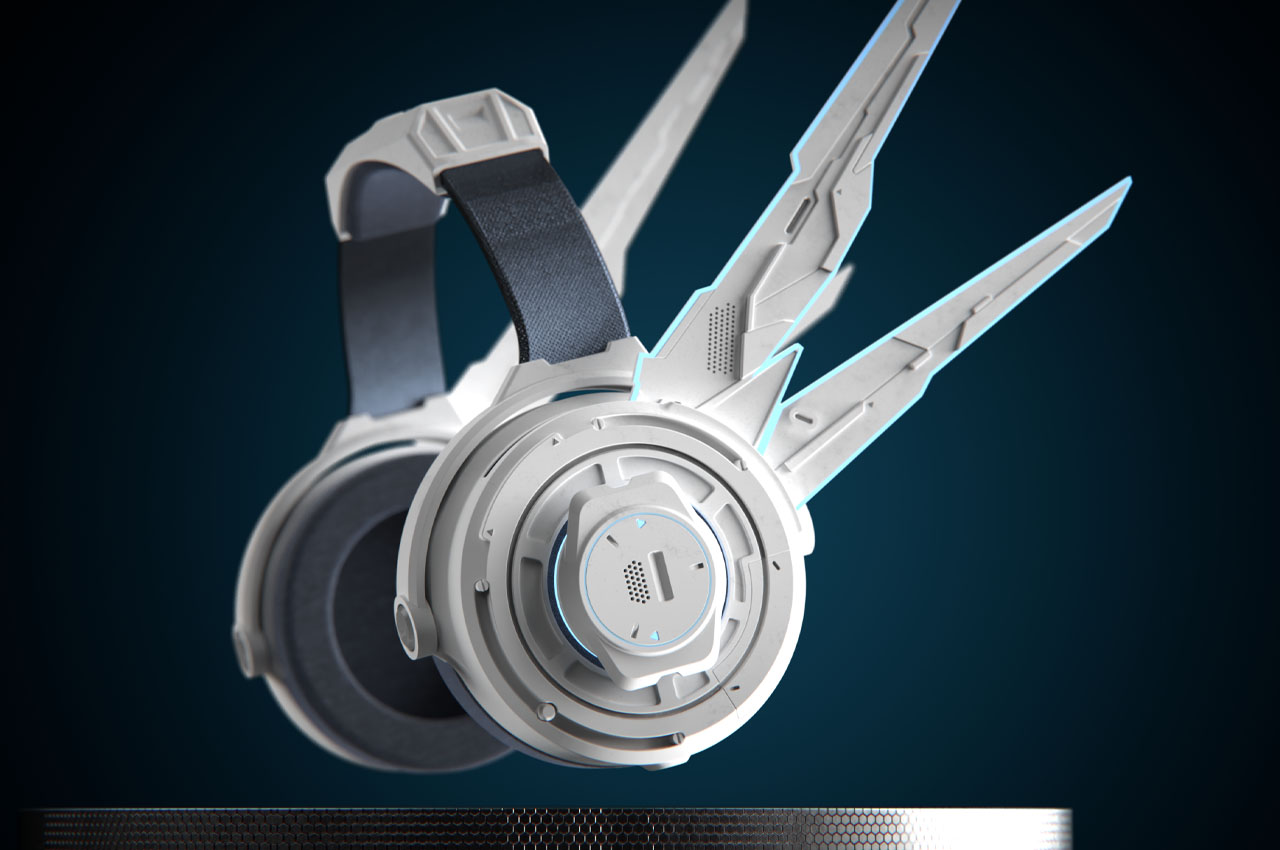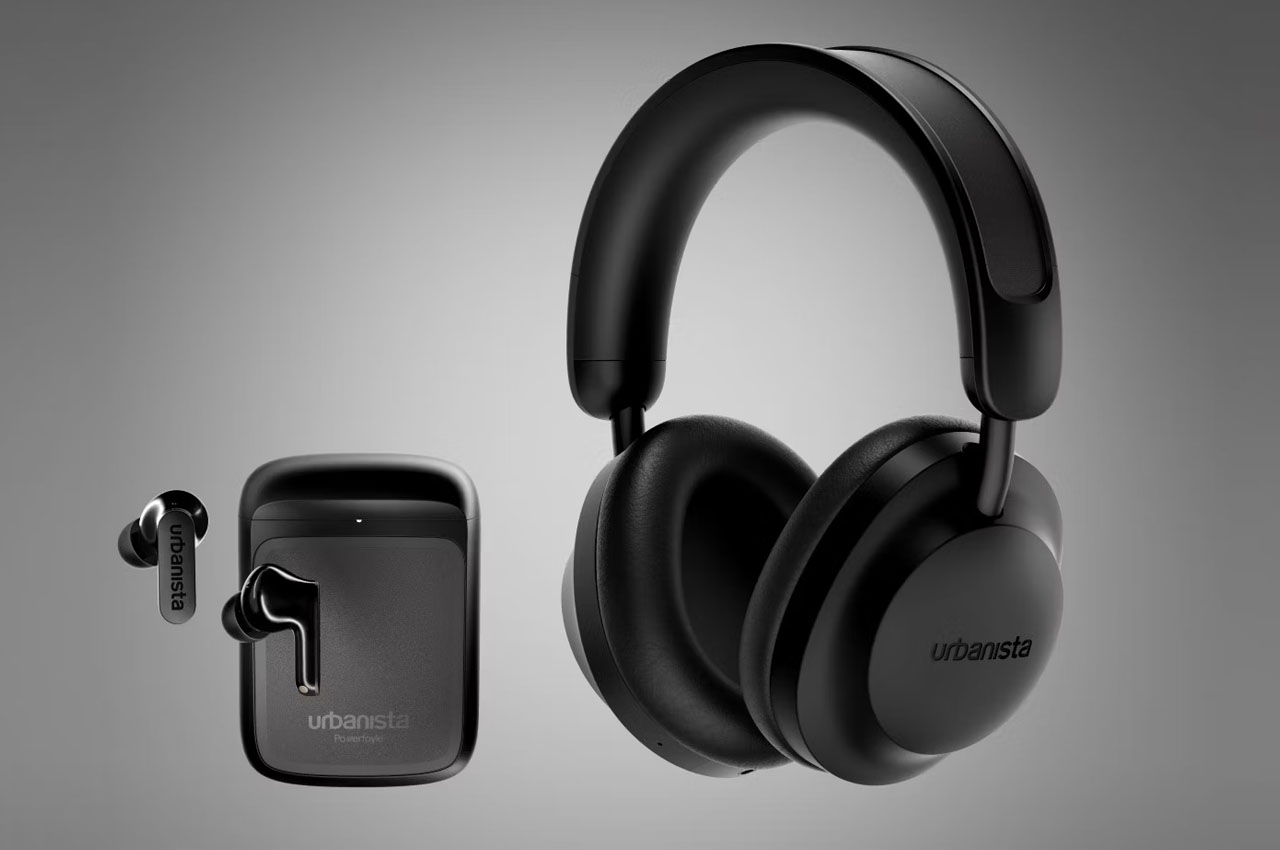Headphone jacks on smartphones are making a comeback for your listening pleasure
![]()
There are some heated discussions right now about how a YouTuber may have single-handedly killed a startup, but big companies do that every time. In 2016, Apple may have put the audio industry on notice when it banished the headphone jack from the iPhone forever. Of course, the 3.5mm connector is used in more than just smartphones, but this change caused a ripple that pushed wireless audio technologies to innovate and improve. Although it’s becoming more common for smartphones to rely on Bluetooth headphones and speakers, many audiophiles still swear by wired equipment to deliver high-fidelity lossless sound, and it seems that there’s a growing trend of bringing the venerable headphone jack back to smartphones to satisfy these audio cravings.
MOONDROP MIAD01
![]()
It isn’t enough just to have a 3.5mm headphone jack and expect to have high-quality audio output. You still have to make sure that the digital-to-analog conversion process is just as good, usually with some help from dedicated hardware designed for that purpose. Hi-Fi audio equipment maker MOONDROP knows that only too well, which is probably why it’s making an ambitious attempt to corner a niche market with an upcoming MIAD01 smartphone made specifically for discerning audiophiles.
![]()
Designer: MOONDROP
Aside from a few teaser images, details on this “Hi-Fi” smartphone are still pretty slim other than the mention of 3.5mm+4.4mm interfaces. The latter of the two is known as “balanced” output used by high-impedance headphones and speakers, resulting in even better output quality. It’s not yet known, however, if the phone will have two headphone jacks or have a single 4.4mm port with a 3.5mm adapter. Either way, it’s something that music lovers on the Android side of the smartphone camp will want to keep an eye, or an ear, out for.
nubia Music Phone
![]()
Although technologically less ambitious, ZTE subsidiary nubia is putting a different twist on enjoying music on smartphones. The nubia Music Phone does have two headphone jacks, both 3.5mm, but their main purpose is to simply connect two wired headphones at the same time. It brings back the social aspect of listening to music by sharing your favorite tunes with a friend or loved one while still keeping it private among yourselves. Of course, the fact that you can connect high-performance headphones is definitely a plus as well.
![]()
![]()
Designer: nubia (ZTE)
The nubia Music Phone also puts a fun and quirky spin on that activity with a design that will appeal to music lovers. It has a large speaker on its back, in itself already an oddity, and it’s made to look like a turntable together with dual camera lenses. Its colorful designs just scream vibrancy and playfulness, characteristics that will pull at the heartstrings of a younger crowd.
ASUS ROG Phone 8 Pro
![]()
It isn’t just audiophiles who will appreciate good sound output, however. Poor audio can also break the immersion of a mobile game, especially as these titles become more sophisticated and more resource-intensive. While most of its features naturally revolve around graphics and processing, the ASUS ROG Phone 8 Pro doesn’t skimp on the audio side of the equation, whether it’s the “multi-magnet” dual speakers or hi-res 3.5mm headphone jack.
![]()
![]()
Designer: ASUS ROG
More than just doing the bare minimum, the ROG Phone 8 Pro boasts 384kHz/32-bit audio quality from that wired connection. It also implements spatial sound for headphones and provides listening profiles for different situations. It’s definitely one of the very few premium smartphones these days that have a headphone jack, something that hardcore mobile gamers will surely appreciate.
Sony Xperia 1 V
![]()
Speaking of high-end phones, Sony hasn’t completely given up yet on the smartphone market, and neither is it turning back on the features that differentiate its remaining devices. It bears an unusual ultra-wide, ultra-tall screen aspect ratio which Sony claims to be the best format for watching videos. It also shows off its display-making prowess which it also uses on a bigger scale on TVs.
![]()
![]()
Designer: Sony
The entertainment and electronics company naturally also knows that video is only half the battle. The phone also has a headphone jack to support hi-fi lossless audio output through wired headphones and speakers, something you’d expect from a device designed to deliver a cinematic watching experience on mobile.
TECNO Camon 20 Pro 5G
![]()
It’s almost ironic that mid-range and lower smartphone tiers are the remaining bastions of the 3.5mm port, probably as a form of cost-savings on more expensive wireless technologies. At the same time, however, some brands continue to support the feature even on their higher-end models. That’s definitely true for last year’s TECNO Camon 20 Pro 5G, which combines stylish design with a well-balanced set of features, including that headphone jack.
![]()
![]()
Designer: TECNO
Among TECNO’s flagship Camon line, the Camon 20 Pro has the distinction of winning a few design awards, thanks to the unique geometric patterns on its back, including an uneven hexagon shape for the camera bump. Unfortunately, it will also now have the distinction of being the last TECNO Camon to include that 3.5mm port, as the brand seems to be finally shifting this family of smartphones to a wireless future.
Final Thoughts: Hear Ye, Hear Ye
Just because smartphones no longer have headphone jacks doesn’t mean that it’s obsolete technology. Many aspects of the audio industry and the wider multimedia industry still rely on wired connections, and the 3.5mm connector and those like it continue to offer a standard and space-efficient solution. At least for now, wires still have bigger bandwidth and more reliability, even with potential losses when converting between digital and analog.
Wireless audio is thankfully still improving, but it might take some time for it to be a more common technology that can deliver the needed high-fidelity lossless audio transmission. In the push for thinner phones, it’s this aspect that has unfortunately been sacrificed, even if it came at the expense of consumers as well. It’s a good thing, then, that there are still some brands that try to cater to audiophiles, music lovers, and gamers, and we might even see an uptick in these devices as more people become more aware of the critical role that good sound quality plays in an immersive experience.
![]()
The post Headphone jacks on smartphones are making a comeback for your listening pleasure first appeared on Yanko Design.


